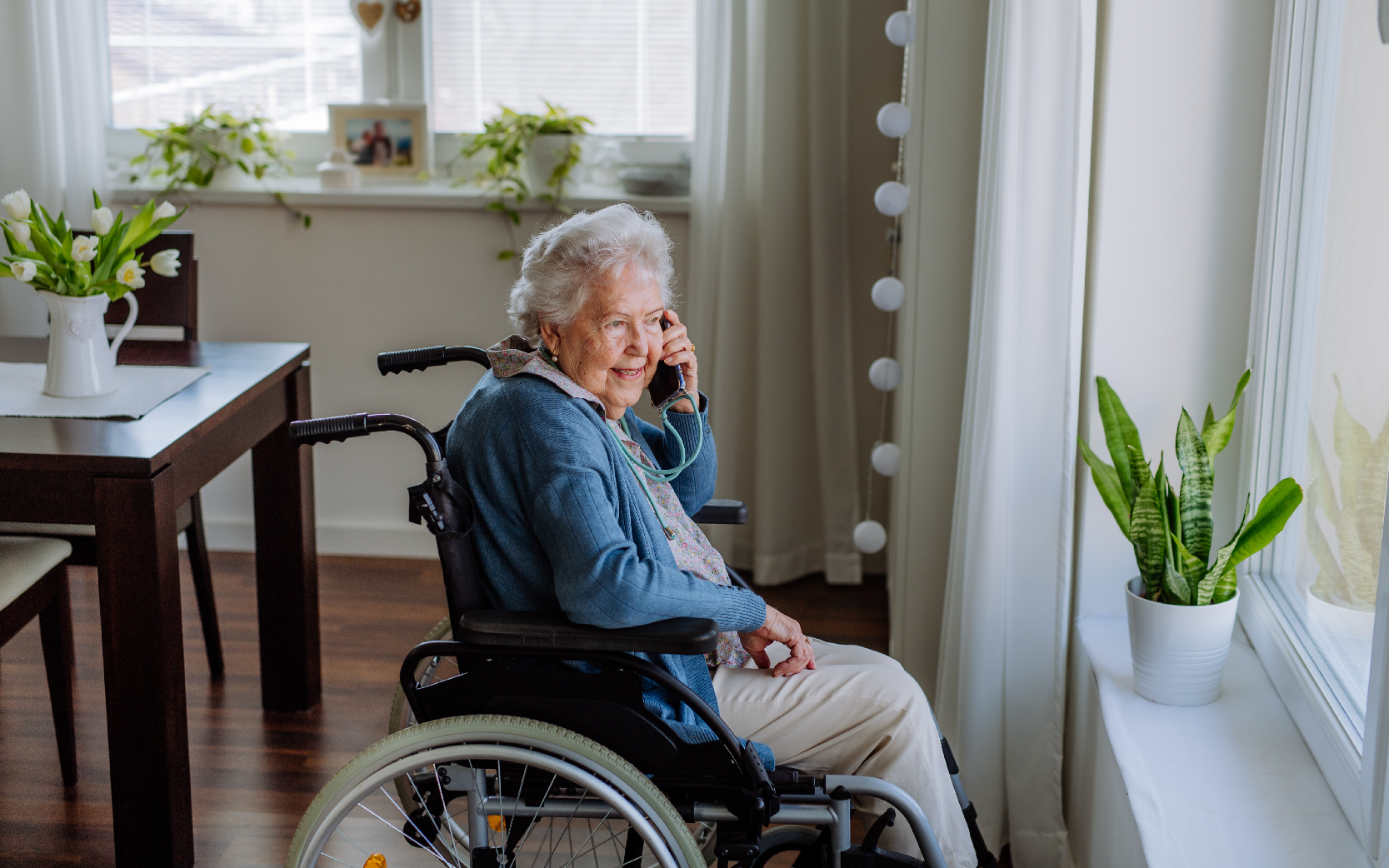Homes hold memories that often make us want to remain in them as long as possible. As homeowners age or face new mobility challenges, maintaining comfort, independence and safety becomes increasingly important. Accessibility is critical for those who want to remain in their homes as they encounter physical limitations.
In this guide, we will explore the essentials of home accessibility, discuss its benefits and highlight key areas of your home you can adapt proactively or when mobility issues arise.
What Is Accessibility?
Home accessibility refers to modifications and designs that make a living space safe and usable for people of all abilities. It includes adaptations for those who use walkers or wheelchairs or have other mobility challenges. These adjustments may involve structural changes like widening doorways or adding ramps or minor modifications like adding bathroom grab bars or improving lighting for better visibility.
Whether planning ahead so you can age in place or responding to an unexpected need so you can function well with new limitations, creating an accessible home ensures that you or your loved ones can live safely, comfortably and independently in the home you love.
Benefits of Improving Home Accessibility
Improving home accessibility offers widespread advantages:
- Enhanced safety. Reducing fall hazards and improving access to essential areas minimizes the risk of injury.
- Independence. With the right modifications, individuals can perform daily tasks without relying heavily on others.
- Increased home value. Accessible homes appeal to a broad market and especially attract families with elderly members or with disabilities.
- Comfort and convenience. Modifications such as zero-threshold showers, accessible cupboards, or lever-style door handles can make everyday life more comfortable.
- Future-proofing. Even if you don’t need these adjustments now, incorporating accessibility features ensures your home is safe and comfortable and will be ready if your needs change.
Areas of the Home to Consider
Addressing home accessibility requires a comprehensive approach. Here are important areas of your home to focus on:
Bathroom
The bathroom is one of the first areas to consider for accessibility. Consider installing grab bars near the toilet and shower, a raised toilet seat and a walk-in or roll-in shower. Non-slip flooring and handheld showerheads also improve safety and ease of use.
Doorways
Narrow doorways can hinder entry for those using wheelchairs or walkers. And older homes tend to have narrow door openings. Widening doorways, installing offset hinges and replacing traditional door knobs with lever handles are practical solutions that boost accessibility and independence.
Stairs
As homeowners age or face mobility issues, their home stairs can become an obstacle to daily living. Solutions like stair lifts, ramps or even residential elevators can provide safe and easy access to all levels of your home. Handrails on both sides and well-lit steps further improve safety on the stairs.
Kitchen
Accessible kitchens often feature lower countertops, roll-under sinks and cabinets with pull-out shelves. Adjusting counter heights and providing clear floor space increases functionality. Arranging the kitchen so essential items like dishware and appliances are within easy reach also makes a big difference.
Lighting
Proper lighting is essential for those with limited vision or mobility. Bright, even lighting in hallways, stairwells and entryways reduces fall risks. Consider installing motion-sensor lights for added convenience and rocker switches that are easier to use than traditional ones.
Plumbing
Touchless or lever-style faucets and temperature controls help prevent scalding and make sink usage easier for those with limited dexterity. Adding anti-scald devices to shower and bathtub plumbing provides additional safety.
Exterior
When making decisions about home accessibility, the exterior of your home is just as important to consider. Accessible pathways, ramps and handrails make entering and exiting safer. If stairs are unavoidable, consider adding a ramp or a stair lift. A non-slip surface on stairs or your ramp can also create smoother access.
Havenside Helps Make Homes Accessible
When it comes to home accessibility, Havenside is your trusted partner. We understand that each homeowner’s needs are unique, and we create customized solutions to prioritize safety, comfort and independence. From bathroom upgrades to whole-home modifications, our team of experts will guide you through every step, ensuring your home is beautiful and accessible. Whether you need a minor adjustment or a major renovation, we can help you achieve the perfect balance between style and functionality.
Havenside is here to provide the best mobility solutions. Contact us today to arrange a free consultation. Our experts are here to assess your needs, provide personalized recommendations and turn your vision of an accessible home into a reality.

